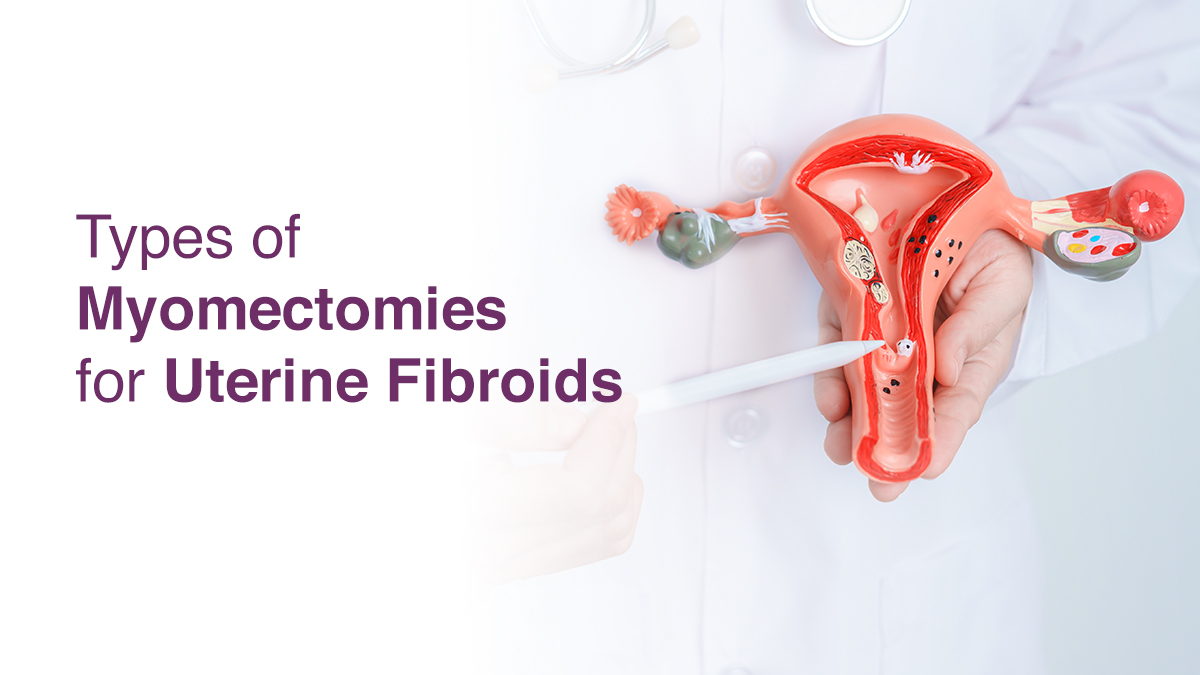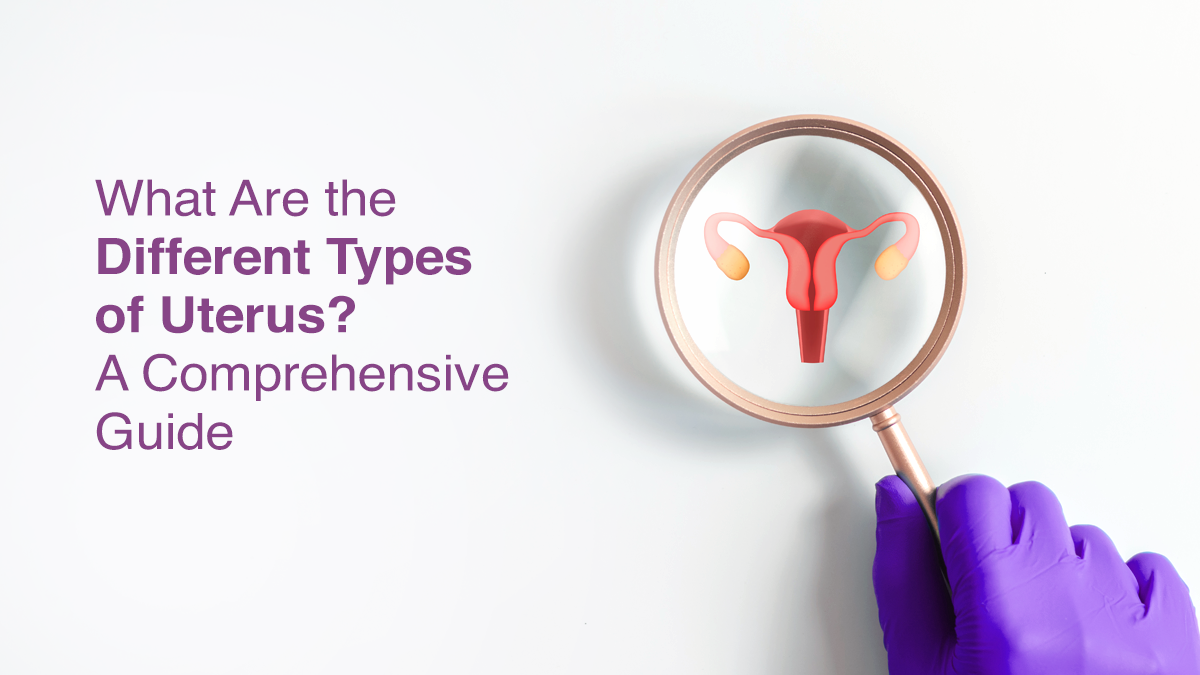
Types of Myomectomies for Uterine Fibroids

When women seek treatment for uterine fibroids, they typically face a situation of whether to have the fibroids removed through surgery. One of the most popular methods for treating fibroids is still hysterectomy, or the removal of the uterus, even though women now have other options. However, myomectomy, an alternative to hysterectomy, may be available to women who wish to keep their uterus.
What Is a Myomectomy?
The surgical removal of uterine fibroids, also referred to as leiomyomas, is known as a myomectomy. The uterus is where these typical non-cancerous growths appear. Although they can appear at any age, uterine fibroids typically form during the childbearing years.
During a myomectomy, the surgeon’s objective is to remove the fibroids that are causing the symptoms and rebuild the uterus. A myomectomy just removes the fibroids and leaves your uterus in place, as opposed to a hysterectomy, which removes the complete uterus.
Pelvic pressure and heavy menstrual bleeding are two fibroid symptoms that women who have myomectomy report improving.
Types of Myomectomies for Uterine Fibroids
A myomectomy surgery can be done in a number of ways. As they are several types, you might qualify for a robotic, laparoscopic, hysteroscopic, or abdominal myomectomy, depending on the size, quantity, and location of your fibroids.
Robotic Myomectomy
To improve a surgeon’s ability to view fibroids and the surrounding tissue, as well as to suture the uterus during the removal of uterine fibroids and reconstruction of the uterine wall, robotic myomectomy combines high-definition 3D magnification, robotic technology, and miniature instruments. Advantages of robotic myomectomy include decreased post-surgical pain, quicker recovery and return to normal activities. A typical recovery entails four weeks of decreased activity and zero to one night in the hospital.
Laparoscopic Myomectomy
Women who have a few subserous fibroids might be able to use laparoscopy. Thin scopes with viewing and surgical tools are utilised during a laparoscopic myomectomy. A typical recovery entails four weeks of decreased activity and zero to one night in the hospital.
Hysteroscopic Myomectomy
Submucous fibroids in the uterus can be removed by a hysteroscopic myomectomy. During this surgery, a device known as a hysteroscopic resectoscope is introduced up into the uterine cavity through the cervical canal and vagina to remove fibroids. In a standard resection, the fibroid is surgically removed using an electrosurgical wire loop. In most cases, recovery takes only a few days.
Abdominal Myomectomy
A common ‘open’ abdominal incision is used for the major surgical procedure known as an abdominal myomectomy. It is typically utilised when malignancy is suspected or to remove very large and/or numerous intramural or subserosal fibroids. After surgery, most women spend 1 to 2 nights in the hospital and then cut back on their activities for six to eight weeks.
Factors that Determine the Type of Myomectomy
The following criteria are used to choose the type of myomectomy to have:
- Size of fibroids
- Quantity of fibroids
- Location of the fibroids in your uterus
Risks and Benefits of Myomectomy
Risk Factors:
- Blood loss or hemorrhage
- Infection at the surgery site
- Weakened uterine walls, which could impact subsequent pregnancies (a cesarean section might be necessary instead of vaginal delivery)
- Blood clots
- Adverse anesthesia response
- Medication-induced allergic response
- Scar tissue formation in the affected area
- Potential infertility caused by scar tissue or other complications
- The development of new fibroids
Benefits:
- Patients who want to have biological children in the future or who want to maintain their uterus for the future are the best candidates for myomectomy.
- Women who had myomectomy had a better chance of having a successful live delivery.
- There is no disruption in the onset of menopause.
Recovery After Myomectomy
The type of myomectomy surgery you have will determine how well you recover. It also relies on whether issues occur. For the first few days, you should anticipate some pain. You will receive pain medicine from your provider. To avoid blood clots, you will also be advised to walk or exercise your legs after surgery.
It may take up to six weeks following an open myomectomy to fully recuperate before returning to your regular activities. You might be able to return home the same day following a laparoscopic myomectomy. It takes two to four weeks to recover at home. Complete recovery may be achieved in a few days if the surgery is performed hysteroscopically, which involves passing the instrument via your vagina without making any incisions.
When to Seek Medical Advice?
Get in touch with your healthcare provider if you have any of the following symptoms following a myomectomy to remove fibroids:
- Severe bleeding
- Chills, fever, and other flu-like symptoms
- Unable to manage pain with medications
- Breathing problems or chest aches
- Excessive swelling or cramps in your legs
Conclusion
For women who intend to get pregnant in the future, a myomectomy procedure is the best surgical choice for treating uterine fibroids while protecting the uterus. Even if it has numerous advantages, it’s crucial to comprehend the possible risks and the healing process. For the best treatment option, consult the fertility specialists from the Oasis Fertility Clinic near you. Additionally, you can also use our live chat facility or call 1800-3001-1000 for more details.


fill up the form to get a
Free Consultation
Avail 0% interest on EMI
All Procedures | No Upper Limit
Frequently Asked Questions
What is the difference between hysterectomy and myomectomy?
Can you get pregnant after myomectomy surgery?
Can fibroids regrow after surgery?
Which size of fibroid is normal?
How we reviewed this article:
- Current Version
https://www.mayoclinic.org/tests-procedures/myomectomy/about/pac-20384710
https://stanfordhealthcare.org/medical-treatments/m/myomectomy/types.html
https://stanfordhealthcare.org/medical-treatments/m/myomectomy/types/abdominal-myomectomy.html
https://stanfordhealthcare.org/medical-treatments/m/myomectomy/types/robotic-myomectomy.html
https://stanfordhealthcare.org/medical-treatments/m/myomectomy/types/laparoscopic-myomectomy.html
https://stanfordhealthcare.org/medical-treatments/m/myomectomy/types/hysteroscopic-myomectomy.html
https://my.clevelandclinic.org/health/treatments/15448-myomectomyhttps://www.yalemedicine.org/conditions/myomectomy





